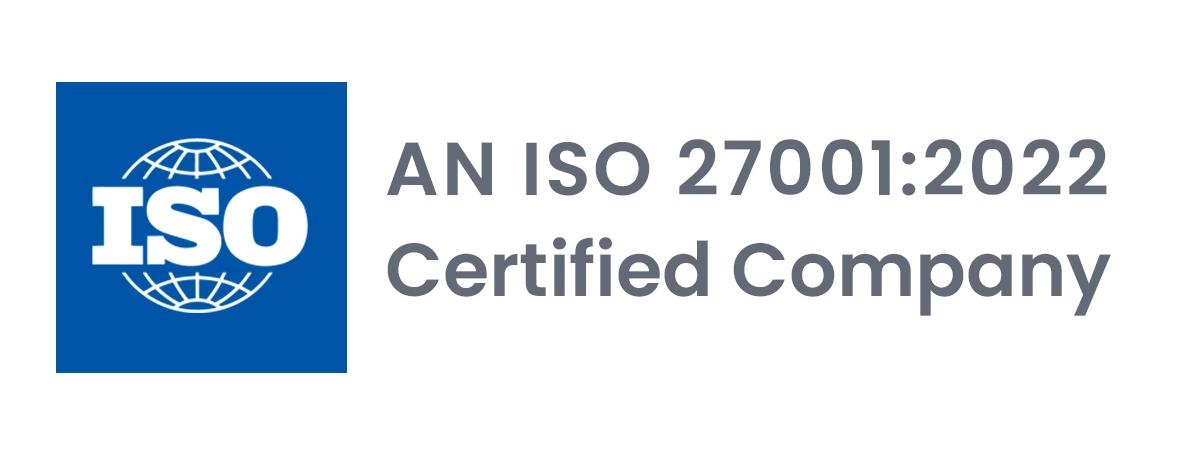
Cloud computing is increasingly gaining ground and soon it will cease to be a disruptor. Instead, it will become a necessity. Gartner estimates by 2028, more than 70% of workloads will be running in the Cloud and 95% of digital innovation will be based on Cloud-native platforms.
Needless to say much of this growth will be fueled by AI initiatives, which require massive computing capabilities. With Cloud adoption accelerating, waste is reaching alarming proportions — the 2024 State of FinOps report highlights that 15% of organizations have exceeded their Cloud budgets and 27% are experiencing Cloud waste. This leads to a growing realization that FinOps best practices can help combat Cloud waste.
At the same time, value creation is changing and there is a growing emphasis on sustainability. Governments are enacting policies and laws to promote a sustainable future, accelerating the adoption of these practices. With sustainability imperatives looming large, organizations are hard-pressed to take urgent measures and reduce carbon footprints.
Given that datacenters account for 2.5% to 3.7% of global GHG emissions, the onus is squarely on businesses to optimize Cloud usage and reduce Scope 3 emissions. Scope 3 emissions occur when the activity of the organization indirectly affects assets in the value chain that are not owned or controlled by the reporting entity. Over 80% of a cloud provider’s carbon footprint comes from Scope 3 emissions, which include significant carbon output from core infrastructure and the broader supply chain, such as data centers, servers, storage, and networking equipment.
This dual focus on cost efficiency and sustainability is where the synergy between FinOps and GreenOps becomes critical. As organizations recognize that effective utilization of Cloud resources not only makes economic sense but also supports environmental goals, the combination of FinOps and GreenOps emerges as a powerful strategy. Together, they empower organizations to enhance business value by achieving financial objectives and meeting sustainability goals through the effective use of Cloud-native resources, tools, and technologies.
The Buzzword is Sustainable FinOps
Transitioning to the Cloud is just the beginning; effectively operationalizing it is a different challenge altogether. CloudOps is a complex and ever-evolving field, increasingly shaped by crucial imperatives such as environmental responsibility—termed GreenOps—and financial efficiency—known as FinOps. According to IDC, these areas are top priorities for organizations in 2024 and are expected to drive significant activity throughout the year.
Many organizations have implemented robust FinOps practices to optimize Cloud spend, yet GreenOps practices are relatively new. GreenOps comprise activities that advance sustainability goals—such as developing energy-efficient architectures, selecting regions that use renewable energy, using intelligent and cloud-native solutions like serverless and containers, and employing compute-efficient languages such as C, C++, and Rust—all aimed at reducing emissions.
GreenOps initiatives also contribute to cost-efficiency such as right-sizing, choosing a region closer to usage, switching off idle resources, and optimizing computing and storage to reduce wastage. Organizations are fast realizing the advantage of integrating FinOps and GreenOps under a cohesive strategy, commonly referred to as Sustainable FinOps to enhance both cost and carbon efficiency. The overlapping objectives of FinOps and GreenOps argue well for a unified approach with streamlined systems and processes.
Besides reducing cost overheads, the integrated approach facilitates closer collaboration and synergies between the two domains to drive decision-making and create impactful outcomes. It holds the organization accountable for Cloud usage while demonstrating commitment to ESG goals.
More importantly, it enforces governance aligned with strategic business and sustainability goals and helps the organization to achieve it in a transparent manner.
Continuous Benefit with the Winning Combination
Both practices focus on optimizing Cloud resources but from different angles—FinOps from a financial perspective and GreenOps from an environmental one. Implementing sustainable Cloud operations through FinOps and GreenOps is an ongoing exercise as technology usage and business needs evolve calling for continuous optimization. Towards this, organizations must implement processes for regular audits, and review policies even as they experiment with new technologies to harness the benefits of Cloud-native technologies in a cost-effective and environment-friendly manner.
FinOps and GreenOps are distinct methodologies with powerful value propositions and embracing them is not a question of ‘if’ but ‘when’. Organizations seeking Cloud-enabled digitalization will need to embed these into their operational framework to create meaningful value in the long term.


